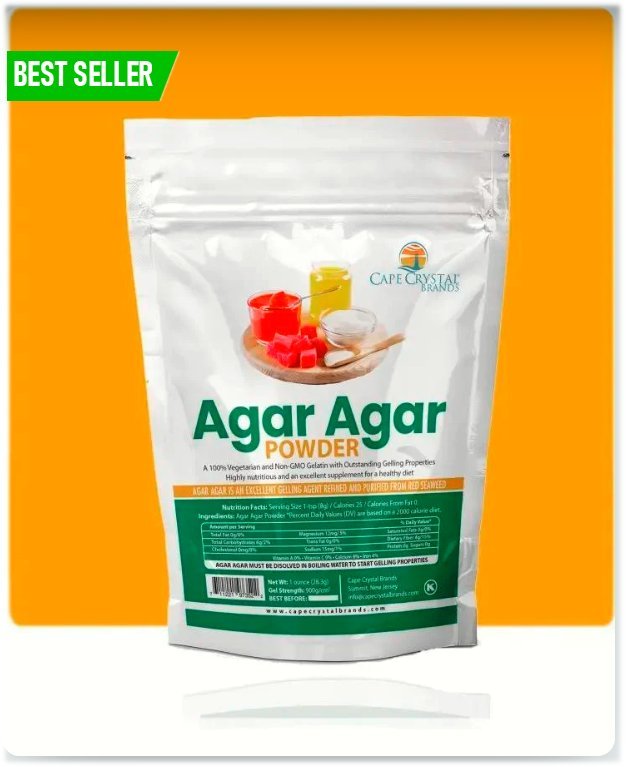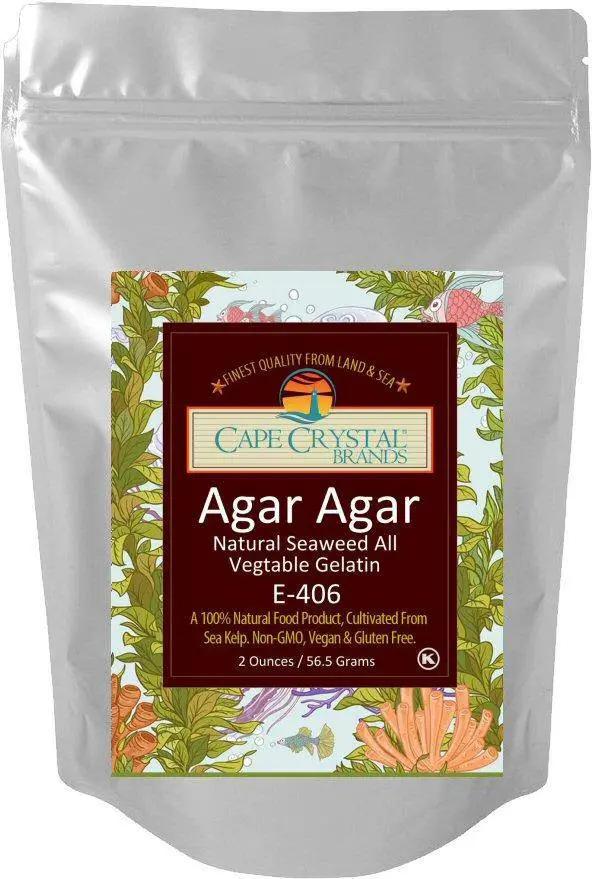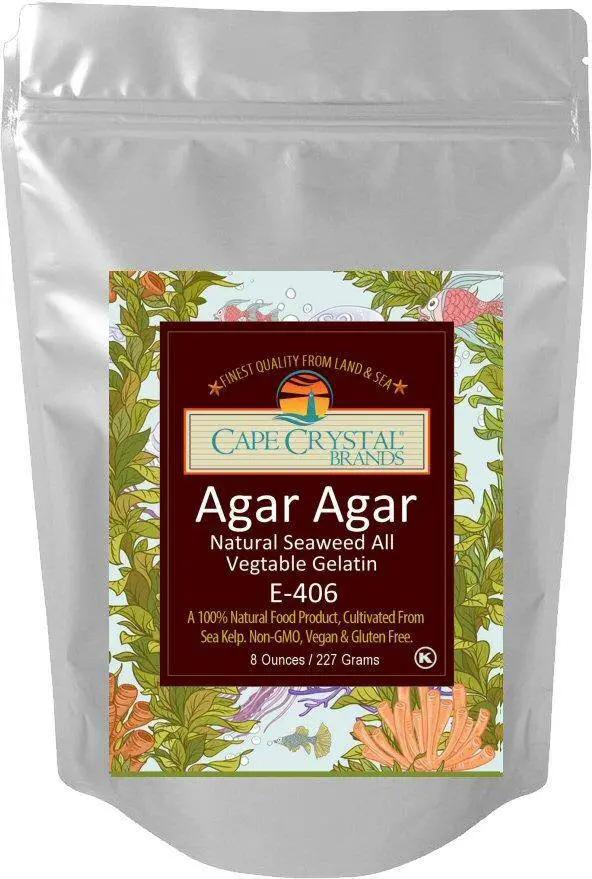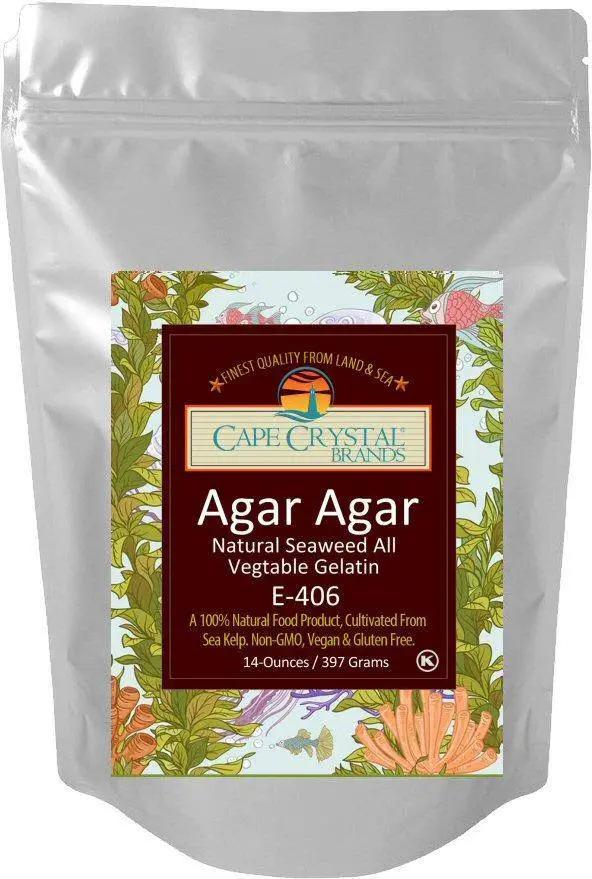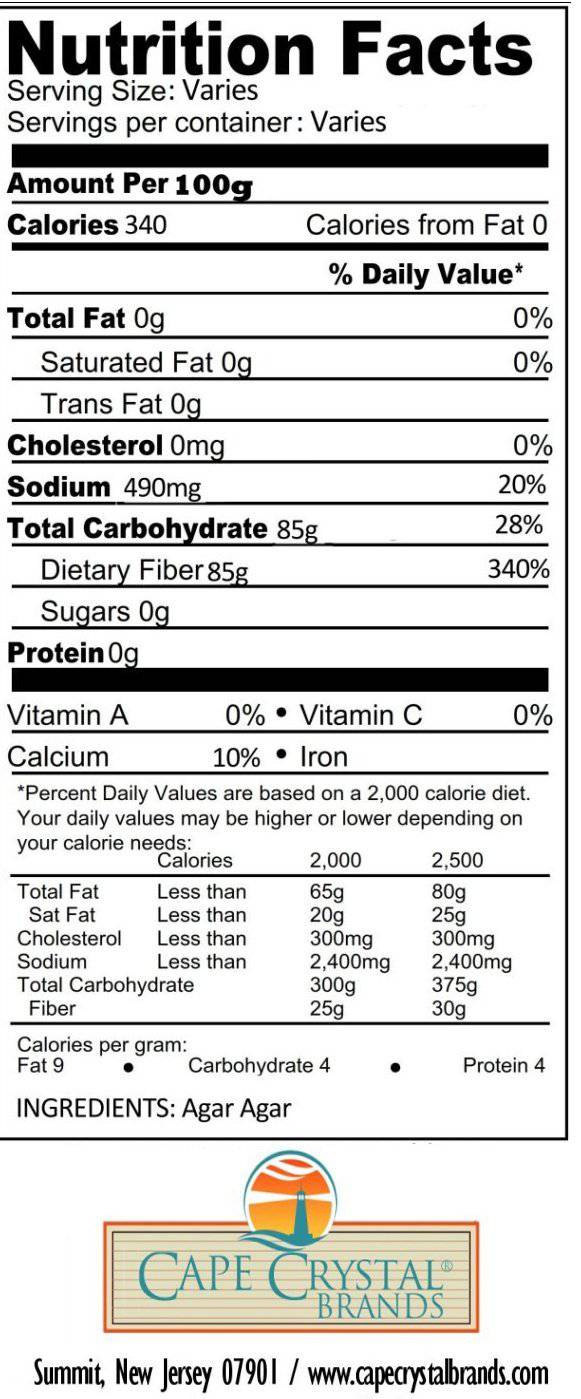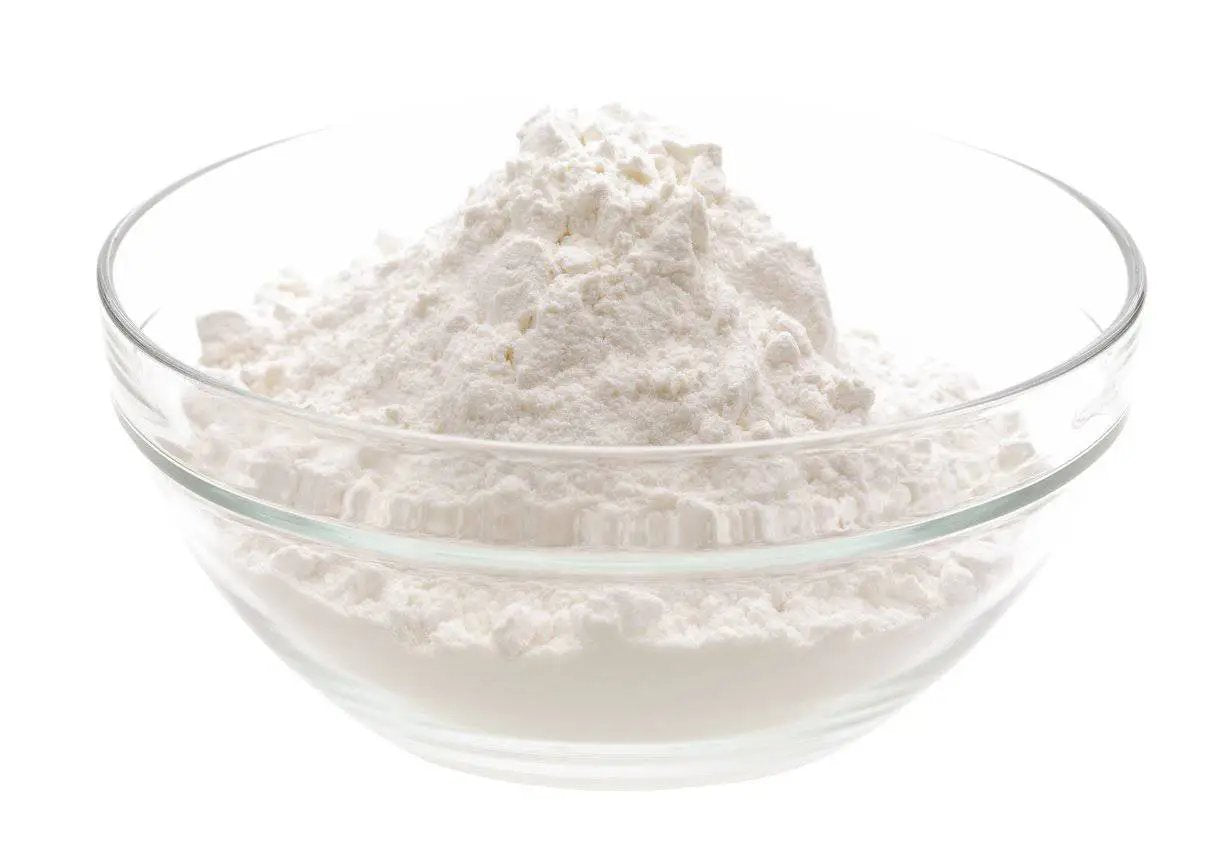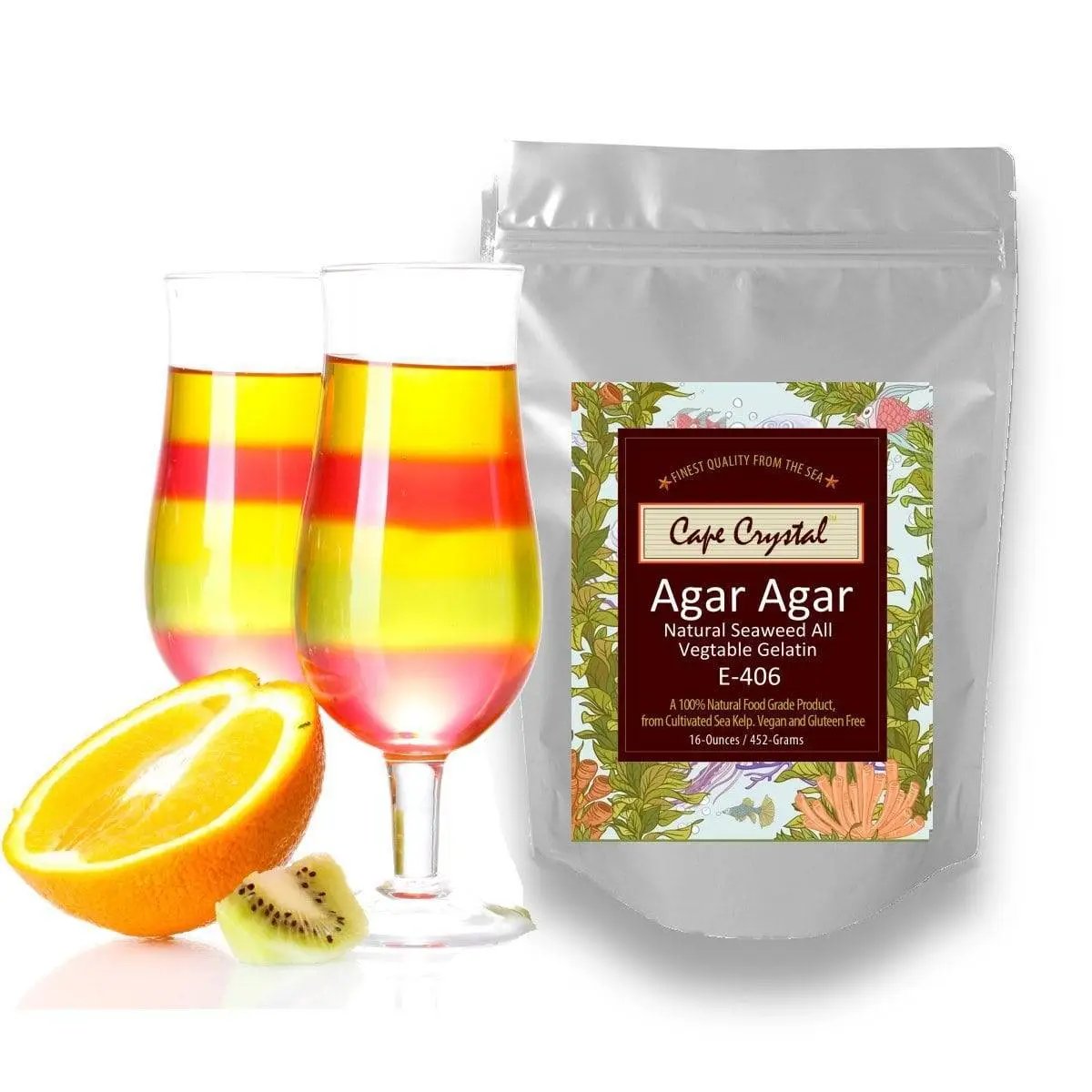
Re-Engineering Value in Food Products
SUBSCRIBE TO OUR BLOG
Promotions, new products, and recipes.
Imagine enjoying your favorite treats with less sugar and more nutrients at a good price. This dream is coming true through food value re-engineering. Today, in a tough market, food makers are using new methods to make tastier, healthier products for less.
Food value re-engineering starts with reverse engineering. This means looking at existing products and making them better. Since 1998, when Otto and Wood introduced this, it's been key for food companies to keep up.
The Kuwaiti Danish Dairy Company (KDD) is a great example. They improved their chocolate milk and ice cream. They cut sugar and got rid of added sugars altogether. This change not only meets the need for healthier treats but also helps fight obesity-related diseases.
Value engineering isn't just about saving money. It's about making smart food choices that are good for your wallet, your health, and taste great. Places like Food Research Lab lead the way. They help make new products and improve old ones, like snack bars and creams.
Key Takeaways
- Food value re-engineering improves product quality while managing costs
- Reverse engineering helps create healthier versions of popular foods
- Companies like KDD are successfully reducing sugar in dairy products
- Food product reformulation addresses health concerns and consumer demands
- Value engineering balances cost-effectiveness with nutritional quality
- Specialized labs offer services for food product development and reformulation
Understanding Food Value Re-Engineering
Food value re-engineering is changing the way we look at food. Its goal is to make products that people love and meet safety rules. This is happening because the food industry's needs are shifting. Now, there's a focus on making sure food costs match its quality.
Defining reverse engineering in food production
Reverse engineering in food breaks down items to find and measure every part. This helps fix things like taste changes, quality issues, and when products don't work right. It's a big deal in improving what's already out there or making new foods.
Importance of value re-engineering in the food industry
Today, changing the food we eat is a big deal for companies. It's a way to keep up with what people want and handle costs wisely. For example, the Kuwaiti Danish Dairy Company checked 180 of their products. They wanted to see the good and bad stuff, like nutrients and if there were any harmful elements.
Benefits of food product reformulation
Changing how food is made has many pluses:
- It makes food taste better.
- Food becomes healthier.
- Fits what people like.
- It can save money by changing the ingredients.
Dr. Lustig says, keep the sugar low for health reasons. This is all part of a bigger plan, the Metabolic Matrix, that's good for our liver, gut, and brain. By changing food, businesses can help us all be healthier.
The Impact of Economic Challenges on Food Manufacturing
Economic changes greatly affect the food industry. It's found that food sectors contribute more than 5% to the US economy. This shows how important a stable economy is for food.
Rising prices affect food costs. U.S. families spend around 12% of their budget on food. When prices rise, companies must decide how to keep food affordable yet good quality.
Companies are changing how they work to deal with these problems. They look for cheaper ingredients and make their processes more efficient. Some strategies they use are:
- Optimizing supply chains
- Implementing innovative production techniques
- Reducing food waste
Food waste is a huge issue, costing $2.6 trillion globally each year. By reducing waste, companies can save money and help the planet. This way, they support the economy and the environment.
The effects reach far beyond just companies. Many people don't have enough to eat, especially in minority communities. Government programs, like SNAP, help these people. They also boost the economy by more than what they spend.
To face these big challenges, the food industry needs new ideas. They must focus on being efficient, green, and affordable. This lets them deal with tough economic times and still serve their customers well.
Key Steps in the Food Value Re-Engineering Process
Food value re-engineering is key for companies looking to cut costs without sacrificing quality. It involves many steps to better food production and boost efficiency.
Selecting Target Products
The process starts by picking products to examine closely. Usually, these are successful items from competitors or those aimed at certain shoppers. Companies get various samples to look at every part, like ingredients and nutrition.
Analyzing Components and Nutritional Profiles
Looking at ingredient costs and making sense of the product's taste, feel, and look is vital. Food scientists also dive into the nutrition to see how healthy the product really is.
Recreating and Testing Products
After finding ways to cut costs, food technologists make their own version using different ingredients. They want the new one to feel and taste as close to the original but at a lower cost. This often means coming up with new ways to process food to make it more efficient.
Documenting and Validating Results
Once the new process is set, it needs to be carefully written down. Teams then compare the new item to the original using their senses to make sure they're on the right track. This way ensures that any changes keep or even improve the quality but also offer cost savings.
By following these steps, companies can make their products better and save money. The food value re-engineering process is a key strategy for surviving in today's competitive market.
Food Value: Balancing Cost-Effectiveness and Quality
Food makers have a hard job: they want to cut costs but keep the quality high. They do this by carefully choosing ingredients. They also focus on better ways to store food and hope to spend less on getting food to stores. The aim is to make sure the food is nutritious, tasty, and not too expensive.
Picking the right ingredients is very important. Producers try to find affordable yet top-notch ingredients. Doing this helps keep prices reasonable. It also makes sure the food is as good as customers expect it to be.
Having good places to store food is crucial. It makes food last longer, which cuts waste and saves money. Proper storage also keeps food nutritious and in great condition, so it's fresh and healthy.
Reducing transport costs is key too. Companies are working on ways to ship food better and cheaper. This saves cash and keeps the food in good shape while it travels.
The food industry grapples with several significant issues:
- Environmental costs of food production are estimated at $7 trillion
- Costs to human life from unhealthy food are around $11 trillion
- 690 million people were undernourished in 2019
- Over 10 million lives are lost yearly due to unhealthy eating
These challenges highlight the critical need to balance cost and quality. By emphasizing good nutrition and wise cost-saving, food businesses can tackle these issues. They aim to offer food that is good for both people and the planet, at a fair price.
Innovative Ingredient Substitution Techniques
Innovative ingredient substitution techniques are changing how food is made after the pandemic. People want more value without sacrificing quality. So, food makers are finding new ways to meet these demands.
Identifying cost-effective alternative ingredients
The food world is now using technology to find alternative ingredients. Tools like TAAABLE and Intellimeal suggest changes to recipes. They cater to special diets and help meet what buyers are looking for.
Maintaining flavor profiles with cheaper components
It's tough to keep dishes the same while cutting costs. Experts are using detailed info about ingredients to find good matches. This method helps keep the tastes we love, even if ingredients change.
Ensuring nutritional equivalence in reformulations
Making sure food stays nutritious matters a lot. Technology like FoodKG helps figure out healthier swaps. This way, products remain good for people, which is key after the pandemic.
FAQ
What is reverse engineering in food production?
Reverse engineering in food breaks a product into parts to find and measure each one. This helps fix issues like quality problems, different flavors, and if a product doesn't work right.
Why is value re-engineering important in the food industry?
Value re-engineering makes products that are good and affordable. It also meets food rules. This makes food taste better, be healthier, and respond to what people want.
How do economic challenges impact food manufacturing?
Economic problems force food makers to spend less and be more efficient. Rising costs hurt both the quality and price of food. Makers then have to change how they make things and what they include.
What are the key steps in the food value re-engineering process?
To re-engineer food, first pick a product and look at some samples. Then, make the product again with different amounts of the ingredients. After that, test and fix the new product. Then, write down how it was made.
How can manufacturers balance cost-effectiveness and quality in food value re-engineering?
Manufactures need to keep food healthy and tasty while cutting costs. They can find cheaper ingredients, store food better, and spend less on delivery. This makes the food as good as before but cheaper.
What are innovative ingredient substitution techniques for cost-effective food value re-engineering?
To save money, food makers find new ingredients that work just as well. They make sure the food tastes the same and is as good for you. They try new ways of making food or look for new, plant-based ingredients.
Source Links
- https://www.foodresearchlab.com/blog/new-product-development/how-to-get-started-with-reverse-engineering-of-food-products/
- https://www.nutritioninsight.com/news/re-engineering-ultra-processed-foods-can-feed-the-gut-protect-the-liver-and-support-the-brain-study-flags.html
- https://link.springer.com/chapter/10.1007/978-981-16-9812-5_26
- https://robertlustig.com/2023/04/metabolic-matrix-methods-paper/
- https://www.ncbi.nlm.nih.gov/pmc/articles/PMC10097968/
- https://agfundernews.com/dr-robert-lustig-unveils-strategy-to-re-engineer-ultra-processed-food
- https://www.investopedia.com/food-insecurity-impacts-economy-8303222
- https://fpanalytics.foreignpolicy.com/2022/12/06/addressing-the-impacts-of-food-loss-and-waste/
- https://www.nature.com/articles/s43016-022-00577-w
Well That's the Story. I hope it was helpful. Let's Hear Your Thoughts!
We've shared our insights, and now it's your turn! Have an opinion, a question, or a story to share about this article? Dive into the comments below and join the conversation. Your voice is a crucial part of this community, and we're eager to hear what you have to say.
Thought that was fascinating? Here’s another story you might like:
See: The Hydrocolloid Glossary
For further reading:
| Dozens of Ice Cream Products Recalled for Listeria: Including Hershey |
Every dish deserves the perfect texture to complement its flavors. Why settle for anything less than perfection? With Cape Crystal Brands Food Texture products, you don't have to. Whether you're crafting velvety sauces, glistening gels, or fluffy mousses, our range ensures you get the consistency you desire every single time.
Don't just cook—create masterpieces. Dive into the world of culinary textures and elevate every meal. Shop now and experience the magic of Cape Crystal!
🛍️ Click Here to Explore Cape Crystal Brands Food Texture Products!

Chef Edmund
Edmund McCormick is the founder of Cape Crystal Brands and EnvironMolds LLC. He is the author of several non-fiction “How-to” books, past publisher of the ArtMolds Journal Magazine, editor of Beginner's Guide to Hydrocolloids, and author of six eBook recipe books available for download on this site. He resides in Far Hill, NJ and lives and breathes his food blogs as both writer and editor. You can follow him on Twitter and Linkedin.

|
About the Author Ed is the founder of Cape Crystal Brands, editor of the Beginner’s Guide to Hydrocolloids, and a passionate advocate for making food science accessible to all. Discover premium ingredients, expert resources, and free formulation tools at capecrystalbrands.com/tools. — Ed |
- Choosing a selection results in a full page refresh.



















